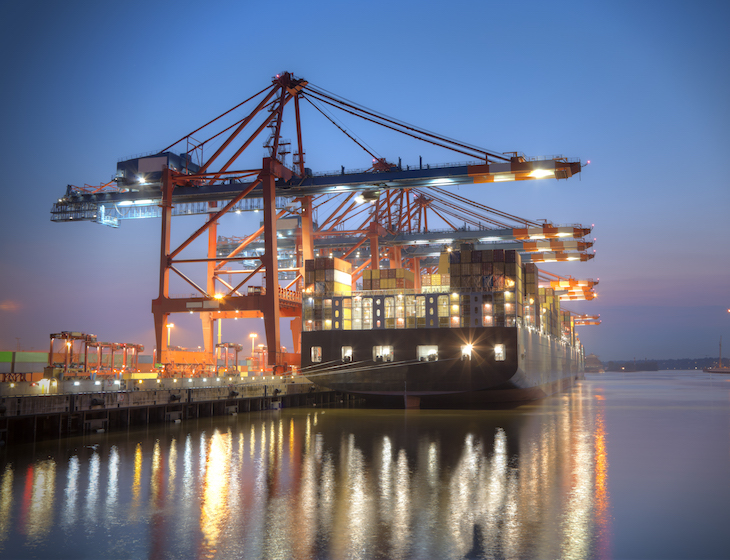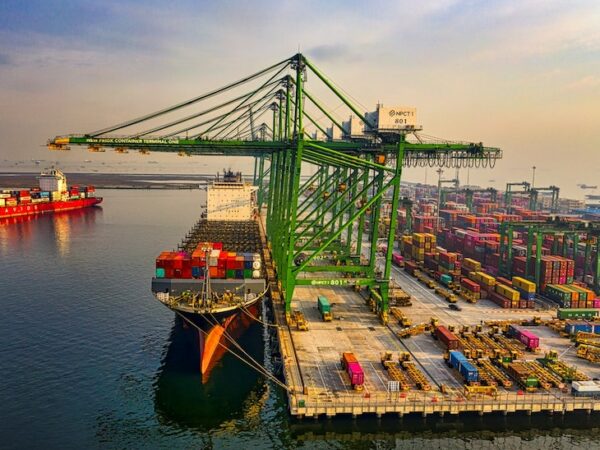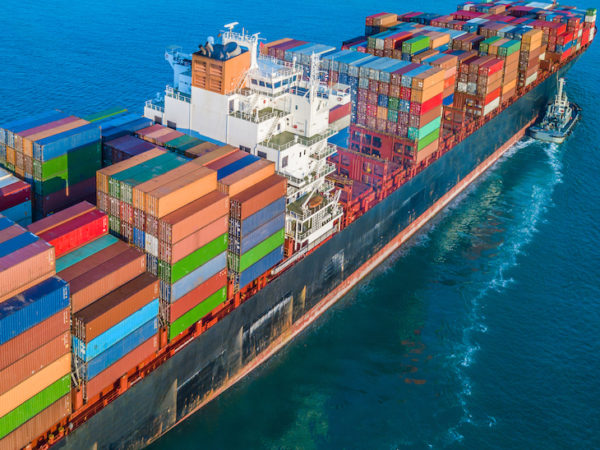
In an attempt to get schedules back on track, carriers cancel sailings putting further strain on capacity while insufficient equipment repositioning intensifies across all major Asian and Indian Sub-Continent ports.
In our last update we informed customers that the sea freight market had worsened noticeably in recent weeks as the aftermath of the Suez Canal blockage continued to have an impact on capacity and container availability, driving up rates to the highest we’ve ever seen. The extraordinary market conditions continue to maintain freight rates at extremely high levels with the backdrop of demand being sustained at peak levels. Regrettably, we have learnt that capacity will take a further hit by a series of blank sailings that have been confirmed by carriers this week, affecting sailings for the end of May, June and July.
Blank Sailings Confirmed
Schedule reliability in the market has been worse in recent months than we’ve seen for a long time. To date carriers have been reacting to bottlenecks in the supply chain by adopting a strategy of delaying sailings in an endeavour to recover schedules.
Carriers are now cancelling departures in an effort to restore schedule reliability. They argue that the blank sailing measures are necessary and not meant to take out capacity. They will be implemented on the Asia and Indian Sub-Continent to Europe shipping lanes in response to severe port congestion and equipment shortages on these routes. It is hoped that services will be freed up for recovery measures as well as to assist with relieving container shortages at origin ports.
Acute Equipment Shortages
The high demand for space, following pandemic lockdowns reopening this year, has led to container availability dropping significantly. Ships have been running full as the e-commerce boom from consumers in western markets has boosted demand. Notwithstanding the capacity shortage, all major carriers are coming up short on container equipment at origin ports and this has worsened recently particularly in the Indian Sub-Continent.
Despite all efforts by the carriers to reposition empty equipment back to Asia as quickly as possible, there is still a major shortage. Container equipment supply to Asian ports remains an industry-wide challenge and is having a knock on effect across the world. One notable example, carriers are prioritising the return of empty equipment to Asia rather than it being used for shorter sea routes around Europe, creating demand for alternative modes of transport within Mediterranean markets, in particular from ports in Turkey.
Outlook Remains Challenging
Regrettably we expect that the issue of acute equipment shortages at Asian and Indian Sub-Continent ports will persist into June and that vessel space will continue to be very challenging for the coming months.
While demand continues to far outpace supply, there appears to be no slowdown in sight. The extreme shortages of capacity and equipment will continue to drive high prices. Carriers are expected to respond over the coming months by restricting new bookings, rolling more cargo and blanking more sailings. The outlook for the remainder of Q2 and Q3 looks extremely uncertain and as such, freight rates are expected to remain extraordinarily high.
Despite these challenges we would like to reassure our customers that we are working to limit the impact as much as possible. We will keep you updated on further developments as and when they happen. We would like to thank customers for their understanding at this challenging time.





